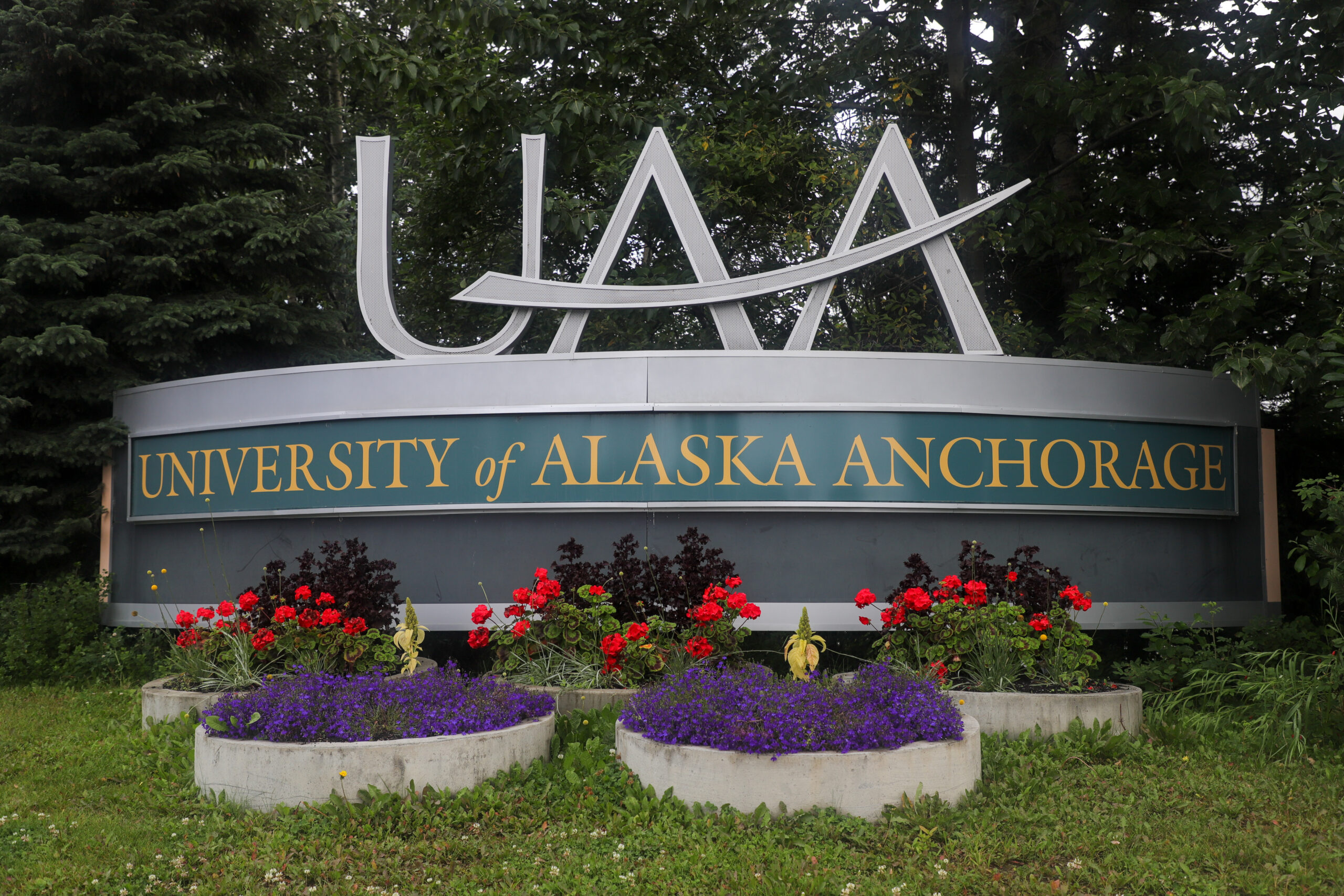
A new bill that aims to address backlogged maintenance projects at the University of Alaska will be up for consideration as lawmakers return to the Capitol next Tuesday. The bill would set aside some $35 million this year to address some of the biggest priorities in the roughly $1.5 billion backlog.
The university system’s chief financial officer, Luke Fulp, said in a phone interview that catching up on deferred maintenance has been the top capital priority for the UA’s governing Board of Regents for more than two decades.
“This legislation is our plan to address that, and not just address it with one-time funding, but to look at a way that we can engage in in long-term planning around meeting the maintenance needs of our facilities and making sure that we’re avoiding critical failures and costly repairs as a result of not addressing the maintenance needs in a timely manner,” Fulp said.
Fulp said it’s a new approach for the university system. Instead of asking the Legislature to fund a specific slate of projects each year, the bill would lay out a six-year list of maintenance and modernization projects.
Unspent money would carry over to the next year, and regents would update the list as projects are completed. The Legislature would retain control over especially large projects that require more than $2.5 million in annual spending, and lawmakers would have the power to add or remove projects from the list.
In the past three years, Fulp said UA has received roughly $15 million a year despite $60 to $70 million in annual requests.
Gov. Mike Dunleavy has issued line-item vetoes on a number of university maintenance projects, including roughly $35 million last year that would have paid for campus upgrades around the state. In 2019, during Dunleavy’s first year in office, he cut some $130 million in university funding.
In this new bill, Fulp said the university is focused on what he calls “attainable targets” – that is, not eliminating the backlog entirely, but shoring up some facilities that are in danger of falling into disrepair and modernizing others. He says that under the plan, the university would commit some of its own money to the maintenance and modernization fund starting in 2028. That would ramp up to $10 million a year by 2034.
The UA system represents 40% of the state’s capital infrastructure, and the bill would protect the state’s investment, Fulp said. Rep. Will Stapp (R-Fairbanks), the bill’s sponsor in the House, said it’s a way to get ahead of crises before they happen.
“The university needs to be able to go say, ‘Hey, we have a long-term strategic plan, we’re going to start to replace roofs or boiler systems on these facilities’ and stuff like that,” Stapp said by phone from his home in Fairbanks.
“It really is a pay now or pay more later problem,” he added.
Though the bill contains language saying the Legislature intends to add $35 million to the fund each year, the final yearly contribution would be up to the House, Senate and governor. But Stapp, a member of the House majority caucus, says he’s open to discussing other methods to ensure long-term funding stability with his colleagues in Juneau.
UA’s head of state relations, Chad Hutchison, said by email that university officials have spoken with Senate leaders and staff about a possible companion bill. He says they’ve also raised the “principles” of the bill with Dunleavy’s office and heard “no known objections.”
The governor’s communications director, Jeff Turner, said in an email the governor does not take a position on pending bills, noting they can change significantly during the legislative process.
Lawmakers head to the Capitol for the second session of the 33rd Alaska Legislature on Jan. 16.
Eric Stone covers state government, tracking the Alaska Legislature, state policy and its impact on all Alaskans. Reach him at estone@alaskapublic.org.




